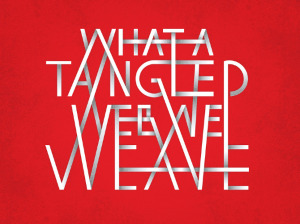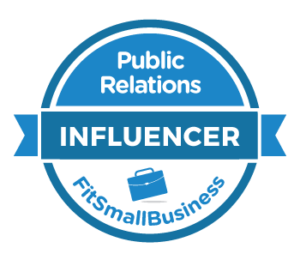As I said in PR in Asia: Myths and Misconceptions, Fusion PR often hears from companies that want to get media coverage in China. To better understand how to do this, I asked Carmen Ren – a talented PR person (she is Chinese, and is finishing work towards her Master’s degree in PR at NYU) – for her thoughts on the matter. We compared notes, and the result was reflected in the above post.
For the next in the series, Carmen graciously offered to ask a tech journalist friend the following questions (the reporter requested that we protect her identity; I can say she is the real deal – writes for a Chinese tech publication that has a circulation of well over 1M, and she has a similar number of Weibo followers).
The questions are designed to explore the differences between how tech PR works in the U.S. vs. China, and shed light on effective tactics. The following is a summary of the interview; you can request a full copy by visiting this link.
What is tech reporting like in China?
Hierarchy culture dominates most press organizations in China. While U.S. reporters choose the beats as they wish, typically Chinese journalists are assigned topics and fields they will cover. Technology is a desirable field among reporters because it is safe, less stressful, ever-changing, and better paid.
Do you need to meet reporters in-person to get coverage?
The process is more casual; especially for websites, meeting-in-person is normally not necessary.
Is it appropriate to communicate with most reporters in Mandarin?
Mandarin is the official and standard language in mainland China and Taiwan, although in written form, Mainland China use simplified Chinese, while Taiwan and Hong Kong use traditional Chinese. And In Hong Kong, the official languages are Cantonese and English.
Traditional Chinese characters are used in Hong Kong, Macau, Taiwan and most overseas Chinese communities, while the simplified Chinese characters are used in mainland China, Malaysia and Singapore. Even among traditional Chinese speakers, there are still many vocabulary differences in Hong Kong, Taiwan, and Macau — Just like “mobile phone” in British English and “cell phone” in American English.
Do they cover press U.S. releases in China?
Assuming that the PR reps have maintained favorable relations with reporters, most online media outlets are willing to cover corporate news; most likely they will publish whatever is provided, with little or no editing (although some say that editorial standards are evolving)..
Journalists from print media tend to be more conservative regarding news quality. They actually care about the newsworthiness of a story. It will be more difficult to get a story published in a print publication. However, most of the major papers have online news platforms, and it is much easier to get the story out there.
Do journalists expect to get paid by PR-seekers? What about for press events?
Normally, you don’t need to pay them to get coverage; but they may expect compensation for attending a press event / conference via a “travel fee” that covers his/her meals and transportation. Typically, the amount ranges from 200-500 RMB (or $33-$82) per person. If it involves train / flights, the company will need to arrange accommodations and tickets.
A press conference is considered a good way to get connected with local media outlets, especially for new companies. Perhaps 90% of the online media who attend will cover the event, and most likely, they will publish whatever you give them. You can always follow up and remind them if they forget.
Want to get the full interview, which includes tips on the best ways to contact Chinese tech media? Please register here to find out more.







